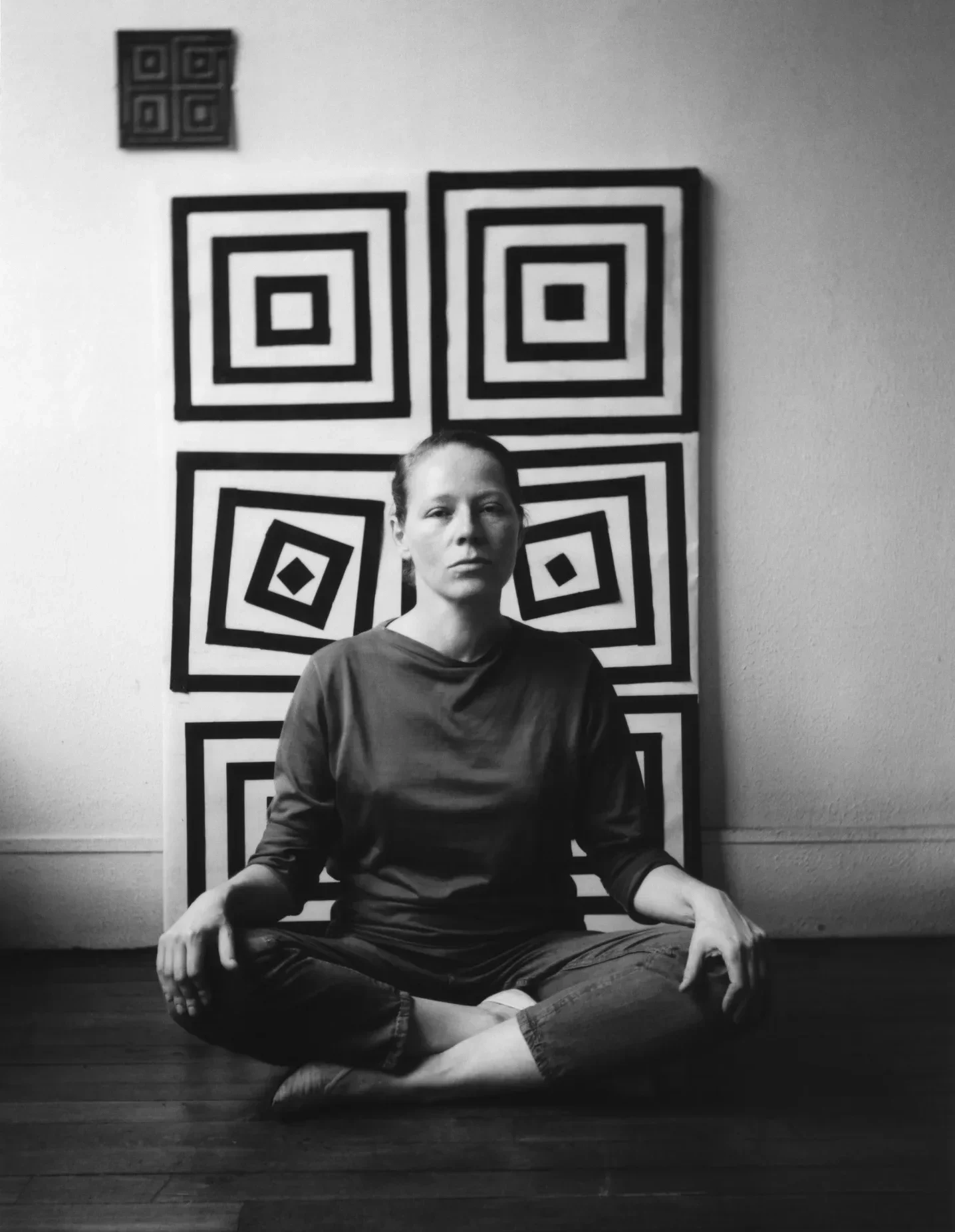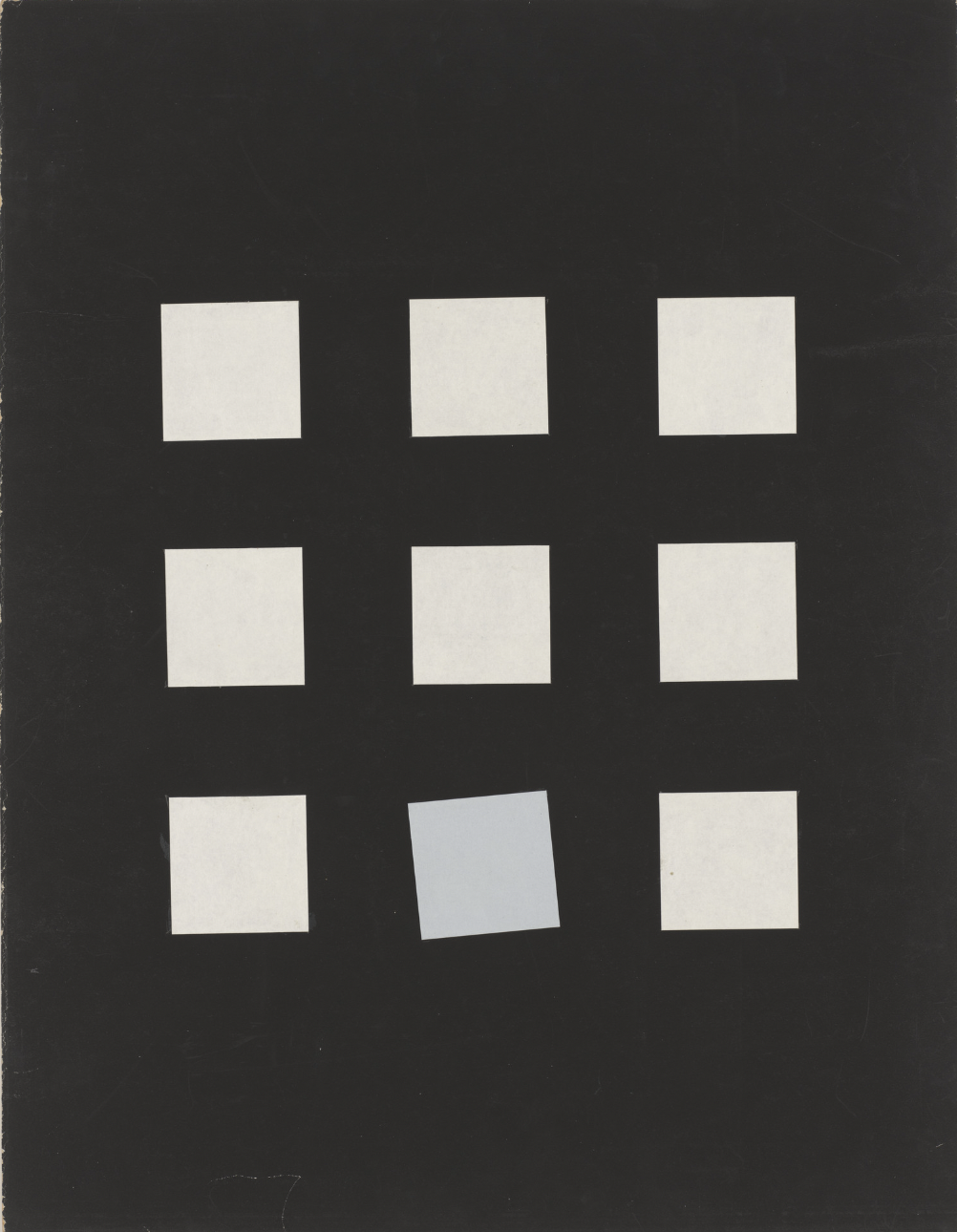Vera Molnàr
Born in 1924 in Budapest, Hungary, Vera Molnàr moved to Paris in 1947, where she met Jesus Rafael Soto and Victor Vasarely who shared her interest in simple geometric forms. A co-founder of GRAV (Groupe de Recherche d’Art Visuel), including Horacio Garcia-Rossi, Julio Le Parc, François Morellet, Francisco Sobrino, Joël Stein, and Jean-Pierre Yvaral, Molnàr started investigating collaborative approaches to mechanical and kinetic art in the 1960s.
One of the first women artists to use computers in her practice, she invented algorithms or « machine imaginaire » that generated pre-ordained compositions. Her breakthrough came in 1968, when she was first able to access a computer at a research lab after teaching herself the early programming of Fortran and could program endless variations of geometric shapes and lines from this moment.
Molnàr participated in the legendary exhibitions Konkrete Kunst, Zurich (1960), curated by Max Bill and Cybernetic Serendipity at the ICA, London (1968). Recent exhibitions include Thinking Machines: Art and Design in the Computer Age, 1959–1989 at the MoMA, Artistes & Robots at the Grand-Palais and Chance and Control: Art in the Age of Computers at the Victoria & Albert Museum.

